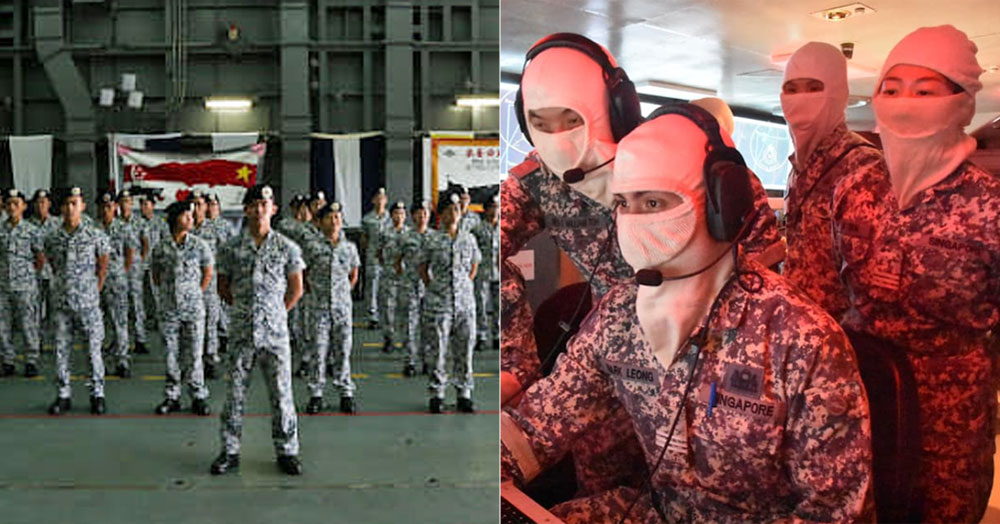What should Singaporeans know about Singapore’s territorial waters?
Singapore is strategically located.
Seaborne trade is the lifeblood of Singapore's economy.
Up to 70 percent of the world's global maritime economy transits through the Singapore Strait.
How can we visualise that volume of trade?
As the world’s busiest shipment hub, it sees 1,350 times more cargo movement by sea than air annually.
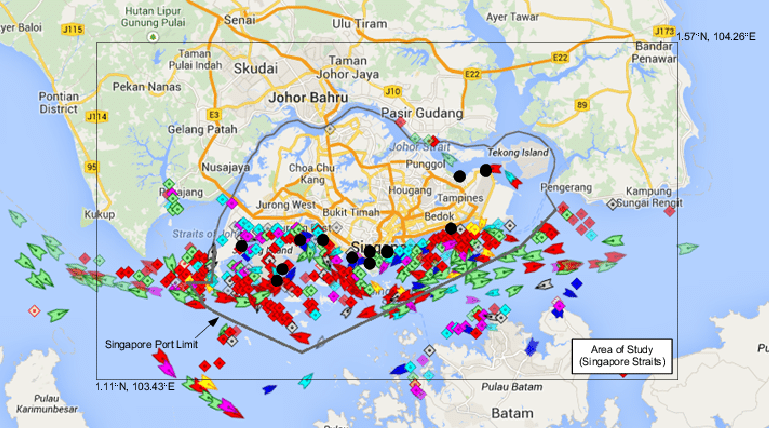 via ResearchGate
via ResearchGate
An average container ship calling at Singapore carries 800 times the amount of cargo carried by a Boeing 747 plane -- equivalent to three days of aircraft landings at Changi Airport.
The maritime industry contributes up to 7 percent of the nation's Gross Domestic Product.
How many ships are passing through Singapore at any given time?
There are close to a thousand ships in the Singapore port at any one time.
It is increasingly challenging to differentiate potential threats to Singapore from legitimate shipping, due to continuously shifting geopolitical realities.
Who keeps the territorial waters safe?
That is the duty of the Republic of Singapore Navy (RSN).
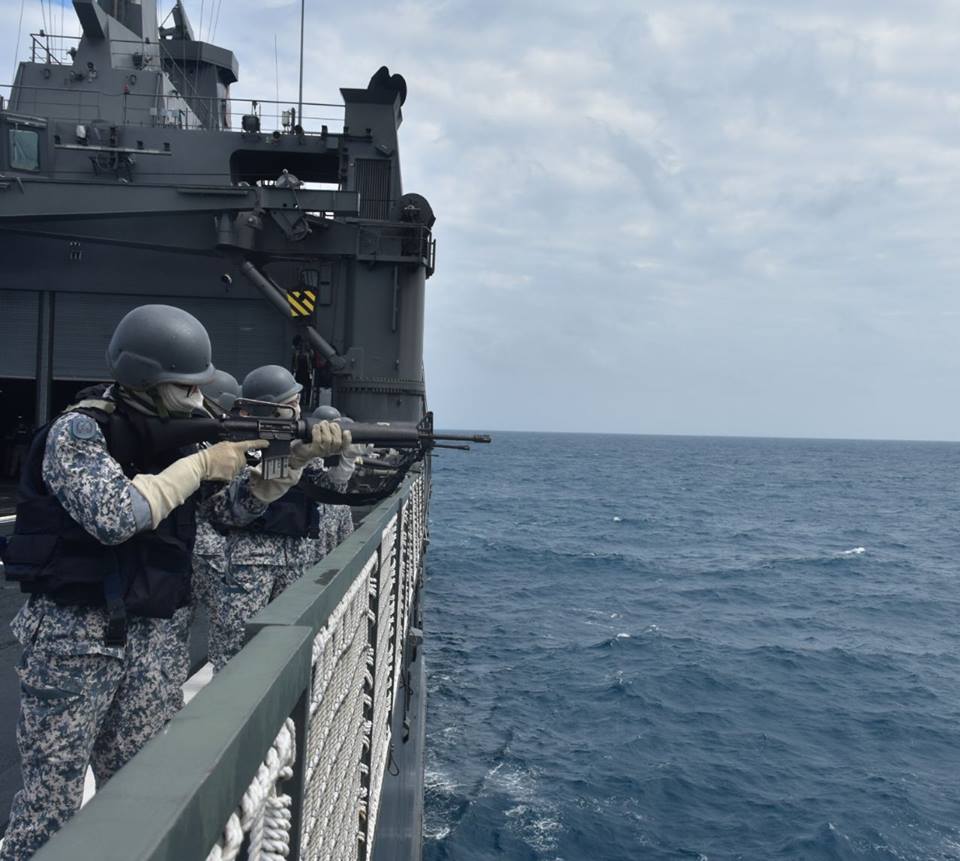 Midshipmen conducting live firing on board Republic of Singapore Navy ship. Photo via Republic of Singapore Navy.
Midshipmen conducting live firing on board Republic of Singapore Navy ship. Photo via Republic of Singapore Navy.
It stands at the frontline of safeguarding the nation's waters.
It has been doing so since 1967.
What does protecting Singapore's waters entail?
RSN is leading a Whole-of-Government approach to plan and coordinate responses across multiple national agencies against maritime security threats.
How does RSN coordinate with other agencies?
The RSN has set up a Maritime Security Task Force (MSTF) in 2009.
It comprises Patrol Vessels, Littoral Mission Vessels, Mine-countermeasure Vessels and Accompanying Sea Security Teams (ASSeTs).
Its purpose is to respond to maritime security threats.
Does RSN work with other agencies?
RSN works closely with national agencies such as the Immigration and Checkpoints Authority, Maritime and Port Authority of Singapore, Singapore Civil Defence Force, Singapore Customs and Singapore Police Force to safeguard Singapore's waters 24/7.
At any moment in time, a vessel and her crew of 30 is out at sea, guarding Singapore’s waters.
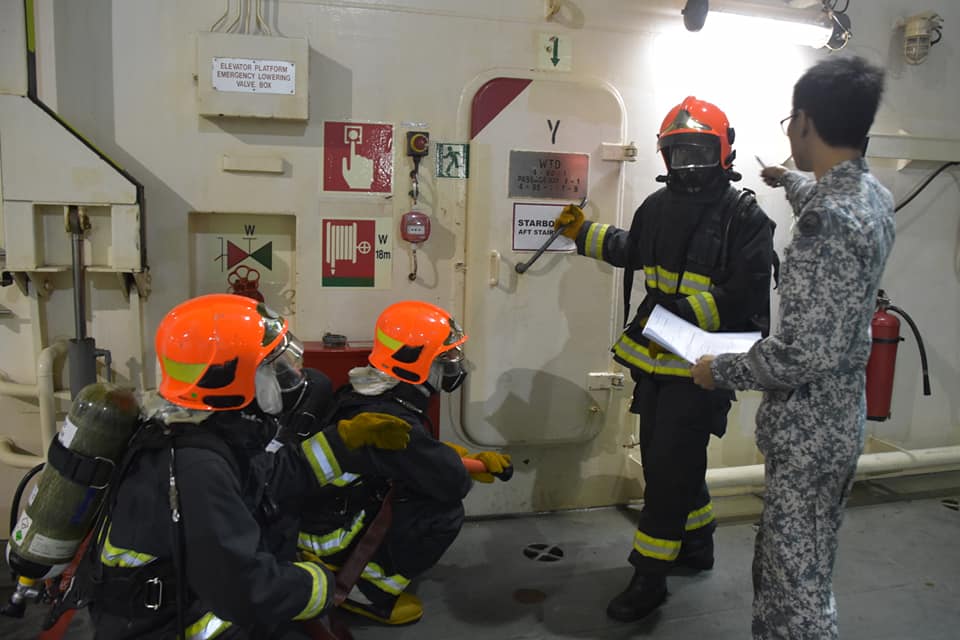 Sailors undergo fire-fighting and damage control training. Photo via Republic of Singapore Navy.
Sailors undergo fire-fighting and damage control training. Photo via Republic of Singapore Navy.
Who are the navy personnel?
Full-Time National Servicemen (NSFs), regulars, as well as Operationally Ready National Servicemen (NSmen) make up the Navy personnel.
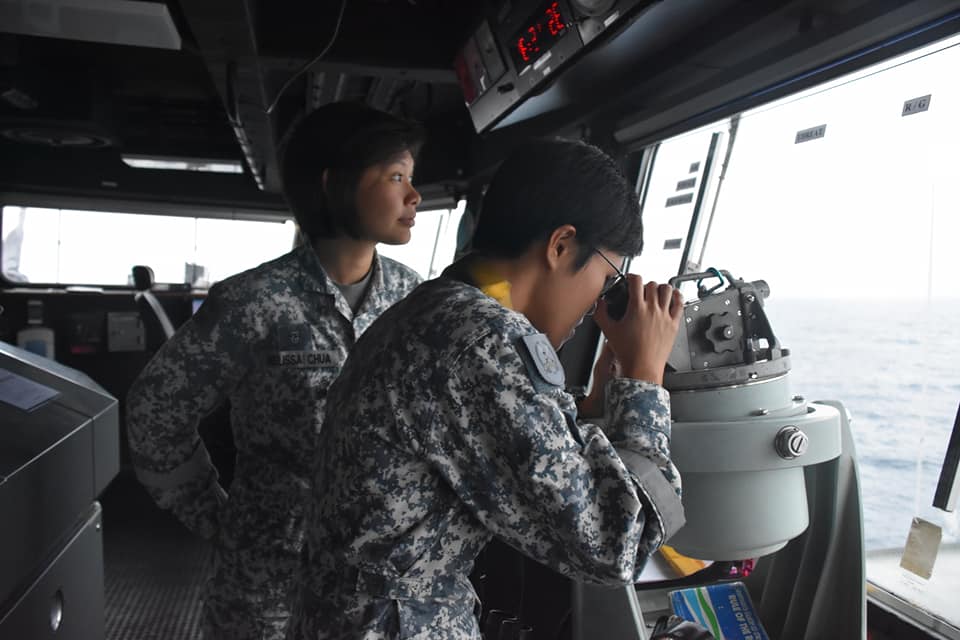 Midshipmen keeping watch on board Republic of Singapore Navy ship. Photo via Republic of Singapore Navy.
Midshipmen keeping watch on board Republic of Singapore Navy ship. Photo via Republic of Singapore Navy.
In the 180 Squadron, for example, which conducts shipboarding compliant checks on merchant vessels under the ambit of MSTF, 50 percent of the operators are NSFs, and the other 50 percent are regulars.
In addition, Operationally Ready National Servicemen (NSmen) who return for their In-Camp Training are also entrusted with the task of executing boarding operations.
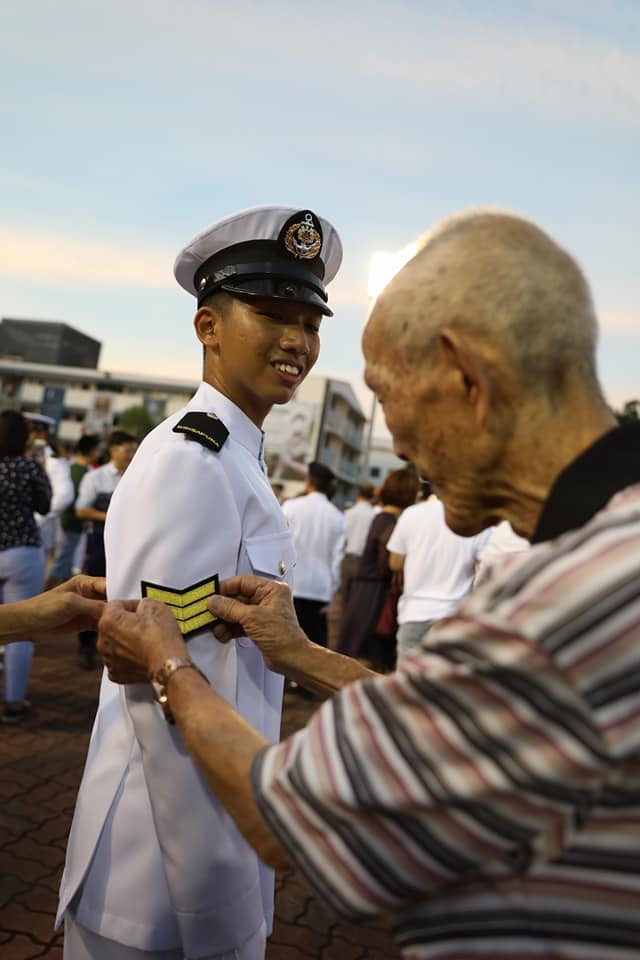 Sailor earning his rank. Photo via Republic of Singapore Navy.
Sailor earning his rank. Photo via Republic of Singapore Navy.
What threats are there in the sea?
The real-time environment out at sea is complex.
Threats range from sea robberies and piracy to terrorist attacks from the sea.
All these have the potential to inflict significant damage and shake confidence in our maritime security.
Attacks can undermine shipping and erode confidence in Singapore as a transshipment hub, negatively impacting our economy.
How can Malaysia’s recent actions of extending its port limits be contextualised?
Malaysia unilaterally extended the Johor Bahru port limits on Oct. 25, 2018.
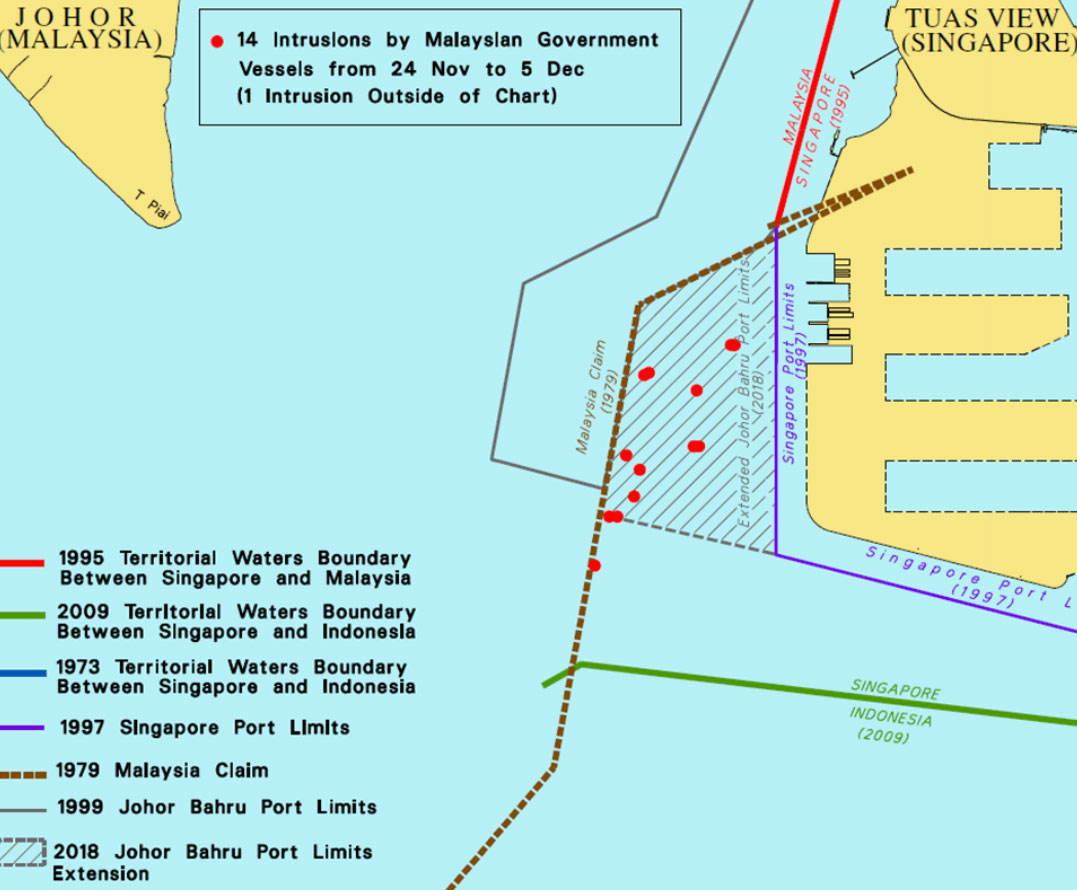
This act encroached into Singapore’s territorial waters.
Malaysian Government Vessels (MGVs) then repeatedly intruded into and illegally anchored in Singapore’s territorial waters.
Such unilateral action by another sovereign country might be misconstrued as an act of provocation and might lead to an escalation of action on the ground level.
How does this complicate matters?
Information gets shared by Singapore’s government agencies, as well as stakeholders in the shipping industry.
Working with what is known, the information gets fused together to detect and make sense of threats as early and as far away as possible.
An uncalled for intrusion might pose a risk as it comes as a surprise.
What is being done to de-escalate the situation on the ground?
Foreign Minister Vivian Balakrishnan and his Malaysian counterpart Saifuddin Abdullah announced on Jan. 8, 2019 that a Singapore-Malaysia Working Group has been set up.
The Working Group looked into the dispute and has since submitted its recommendations.
The proposed measures serve to de-escalate the situation on the ground and pave the way for both sides to negotiate the maritime boundary delimitation of the area.
Singapore’s and Malaysia’s foreign ministers have agreed to these recommendations.
What does the Republic of Singapore Navy use?
Littoral Mission Vessels (LMV), such as the LMV Fearless:
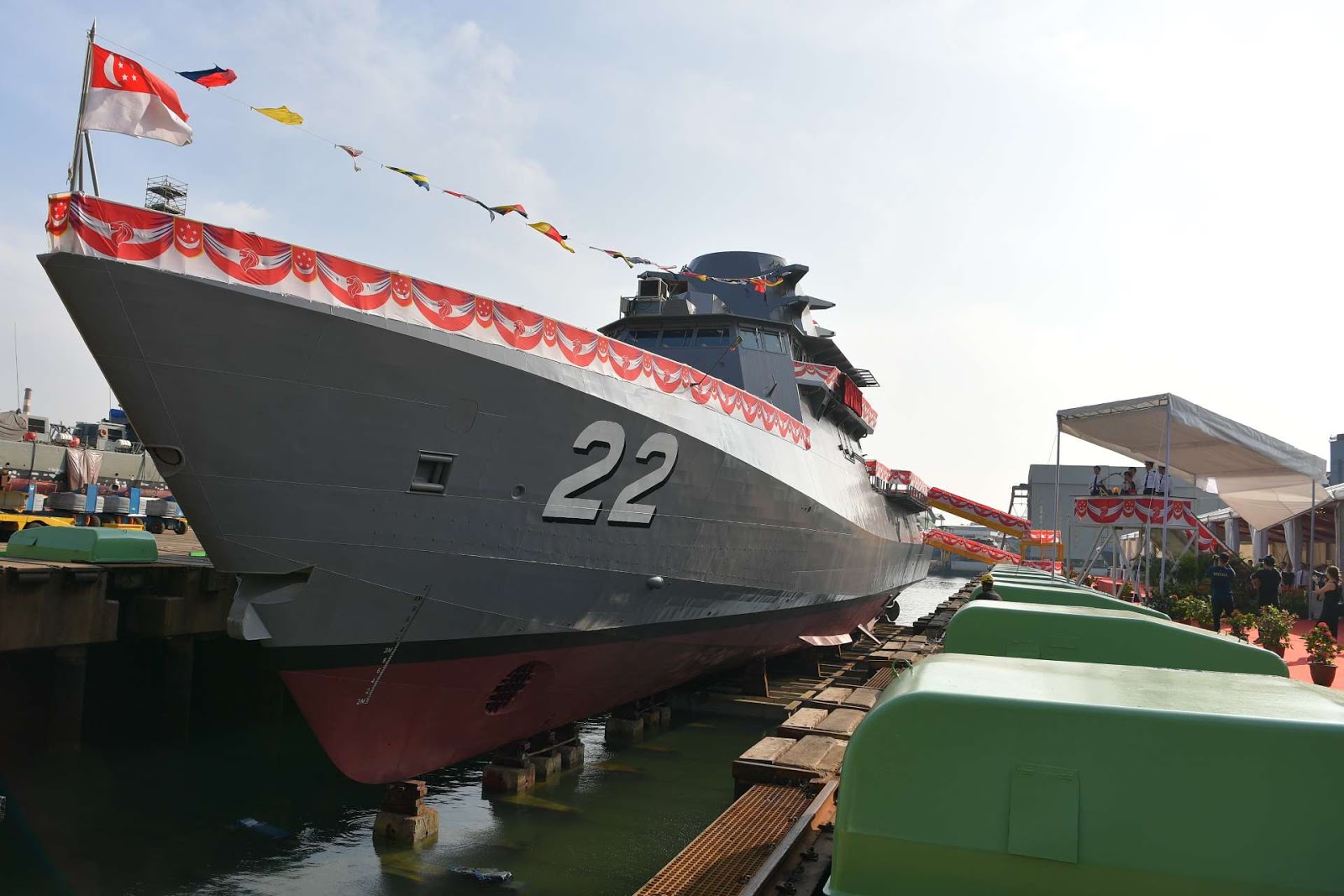
The Specialised Marine Craft is known for its high speed and manoeuvrability, and its advanced sensors and communication systems:
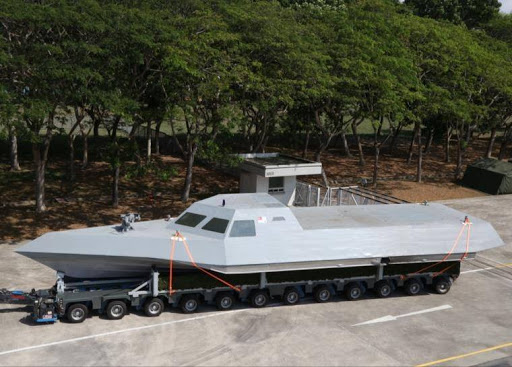
And the the Bedok-class Mine Countermeasure Vessels, which is adept at manoeuvring around larger ships to keep the seabed clear of mine threats and obstacles. (And no, it’s not made in Bedok):
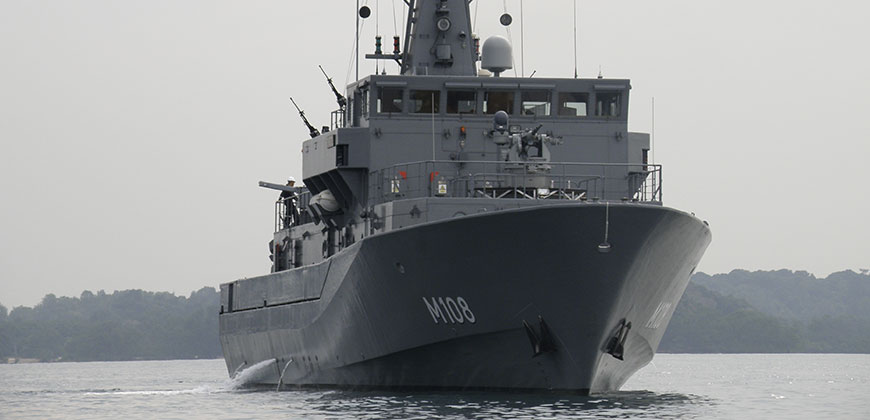
This article is in partnership with the ones who prevent illegal parking in our seas.
If you like what you read, follow us on Facebook, Instagram, Twitter and Telegram to get the latest updates.
